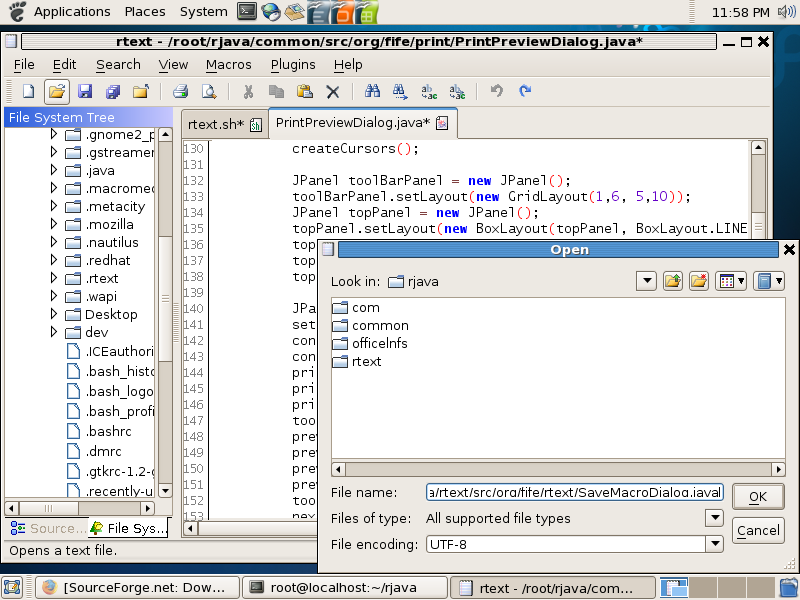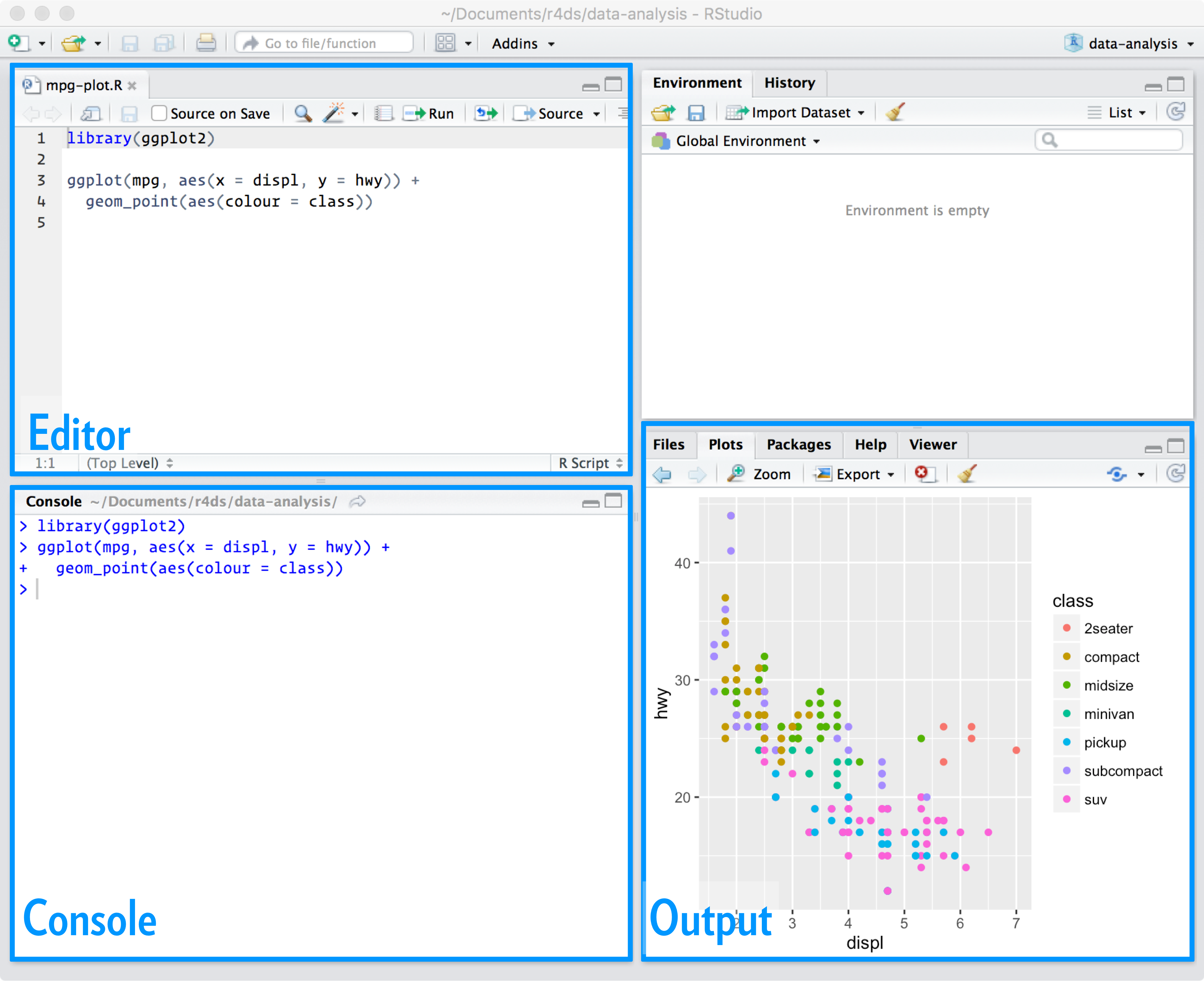- The Boxer text editor has been around for a long time. Originally released for OS/2 and DOS, it was also eventually released in a Windows version. Groups shut down, that was the go to place for community discussion and support. I've started r/BoxerTextEditor to provide a place to continue that discussion and support community.
- Editor: usually a character string naming (or giving the path to) the text editor you want to use. On Unix the default is set from the environment variables EDITOR or VISUAL if either is set, otherwise vi is used. On Windows it defaults to 'internal', the script editor. On the macOS GUI the argument is ignored and the document editor is always.
| edit {utils} | R Documentation |
Invoke a Text Editor
To use the R text editor, first you need to initiate a variable. For example, to create a data frame and manually enter some of the periodic table data, enter the following: elements editor where you can enter data. Notice that because the data frame is empty, you can.
Description
Invoke a text editor on an R object.

Usage
Arguments

name | a named object that you want to edit. If name is missingthen the file specified by |
file | a string naming the file to write the edited version to. |
title | a display name for the object being edited. |
editor | usually a character string naming (or giving the pathto) the text editor you want to use. On Unix the default is set fromthe environment variables EDITOR or VISUAL if either isset, otherwise
|
... | further arguments to be passed to or from methods. |
Details
Text Editor For R
edit invokes the text editor specified by editor withthe object name to be edited. It is a generic function,currently with a default method and one for data frames and matrices.
data.entry can be used to edit data, and is used by editto edit matrices and data frames on systems for whichdata.entry is available.
Text Editor For Ruby
It is important to realize that edit does not change the objectcalled name. Instead, a copy of name is made and it is thatcopy which is changed. Should you want the changes to apply to theobject name you must assign the result of edit toname. (Try fix if you want to make permanentchanges to an object.)
In the form edit(name),edit deparses name into a temporary file and invokes theeditor editor on this file. Quitting from the editor causesfile to be parsed and that value returned.Should an error occur in parsing, possibly due to incorrect syntax, novalue is returned. Calling edit(), with no arguments, willresult in the temporary file being reopened for further editing.
Note that deparsing is not perfect, and the object recreated afterediting can differ in subtle ways from that deparsed: seedput and .deparseOpts. (The deparse optionsused are the same as the defaults for dump.) Editing afunction will preserve its environment. Seeedit.data.frame for further changes that can occur whenediting a data frame or matrix.
Currently only the internal editor in Windows makes use of thetitle option; it displays the given name in the windowheader.

Note
Text Editor For R Programming

The functions vi, emacs, pico, xemacs,xedit rely on the corresponding editor being available andbeing on the path. This is system-dependent.

Text Editor For Ruby
See Also
edit.data.frame,data.entry,fix.